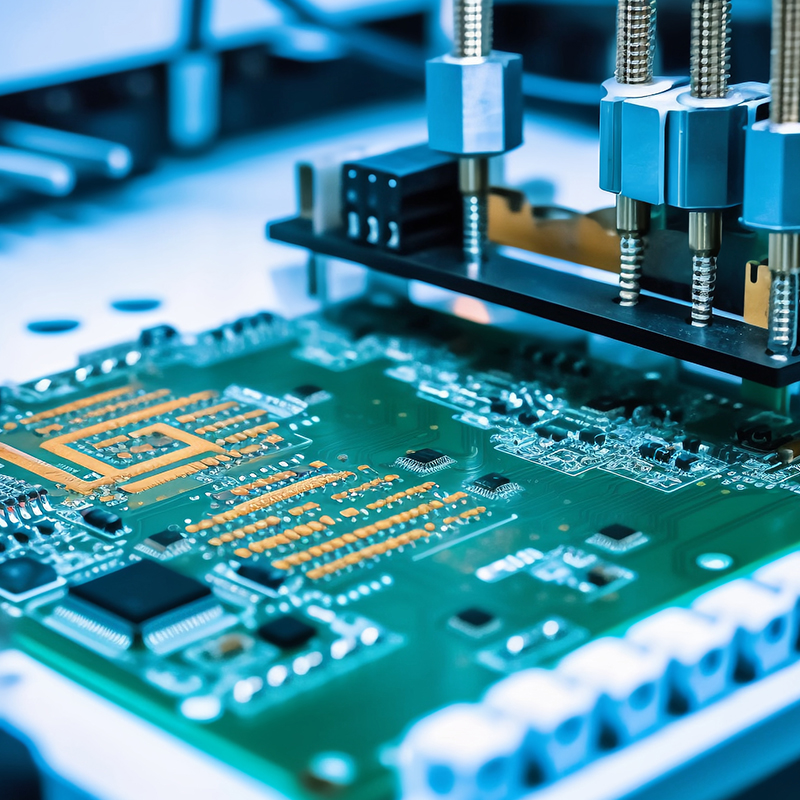Introduce:
Circuit board welding is a key process in the electronics manufacturing industry, ensuring the efficient operation and reliability of electronic equipment. However, like any manufacturing process, it is not without its challenges. In this blog, we’ll take a deep dive into the most common problems that occur when soldering circuit boards and explore effective solutions to overcome them.
1. PCB board short circuit:
One of the most common problems in circuit board soldering is short circuits. A short circuit occurs when current takes an unintended path due to a low-resistance connection between two points in a circuit. This can be caused by a variety of factors, such as solder bridges, stray conductive debris, or design flaws.
solution:
To avoid short circuits, it is crucial to thoroughly inspect and test the board after the soldering process. Implementing automated optical inspection (AOI) technology can greatly help identify potential short circuit issues. Additionally, using precision soldering tools, such as a soldering iron with temperature control, can help prevent excess solder from forming unintentional connections.
2. Dark and grainy contacts:
Dark and grainy contacts on the PCB surface may indicate a poor solder connection. This problem is usually caused by insufficient heat transfer during the soldering process, resulting in incomplete wetting of the solder joint.
solution:
To achieve proper wetting and prevent dark, grainy contact, welding parameters must be optimized. Make sure the soldering iron tip is clean, tinned, and at the correct temperature. Additionally, using flux during soldering can enhance solder flow and improve joint formation. Flux helps remove oxides and contaminants from metal surfaces, promoting better wetting and stronger solder joints.
3. PCB solder joints turn golden yellow:
When the solder joints on the PCB surface turn golden yellow, it indicates that there are problems such as incorrect solder alloy composition or incorrect soldering technology. This issue may compromise the integrity and reliability of the circuit board.
solution:
Using the correct solder alloy is critical to ensuring the longevity of your circuit board. Always adhere to industry standard solder alloy compositions and avoid using substandard or uncertified solder materials. Additionally, maintaining proper soldering temperatures and using proper soldering techniques, including preheating the PCB and using the right amount of solder, can help achieve high-quality golden solder joints.
4. Impact of environment on circuit board defects:
The environment in which circuit boards are soldered can also significantly affect the quality of the final product. Factors such as humidity, temperature fluctuations, and air contaminants can cause various defects in circuit boards.
solution:
To mitigate the environmental impact on circuit board defects, it is critical to establish a controlled manufacturing environment. Damage caused by static electricity can be prevented by implementing appropriate ESD (electrostatic discharge) precautions, such as using an ESD safe workstation and wearing protective gear. Additionally, maintaining ideal temperature and humidity levels in production areas helps prevent problems such as welding defects and material degradation.
In conclusion:
Circuit board soldering is a complex process that requires precision and attention to detail. By solving common problems that tend to arise during this process, manufacturers can ensure the production of high-quality, reliable electronic devices. Implementing the solutions discussed in this blog, such as effective inspection techniques, optimized soldering parameters, and controlled environmental conditions, can significantly improve the overall quality of circuit board soldering.
Post time: Oct-23-2023
Back







